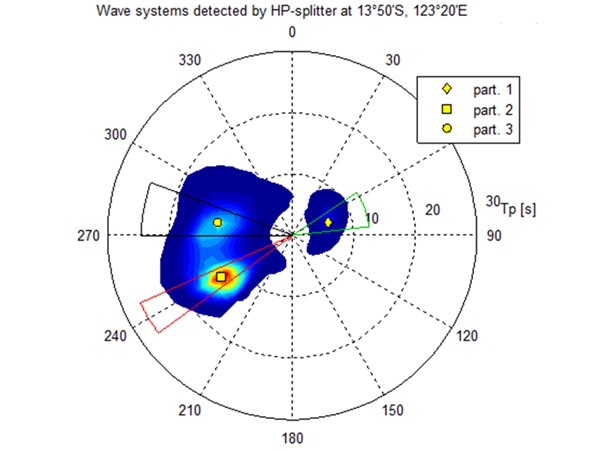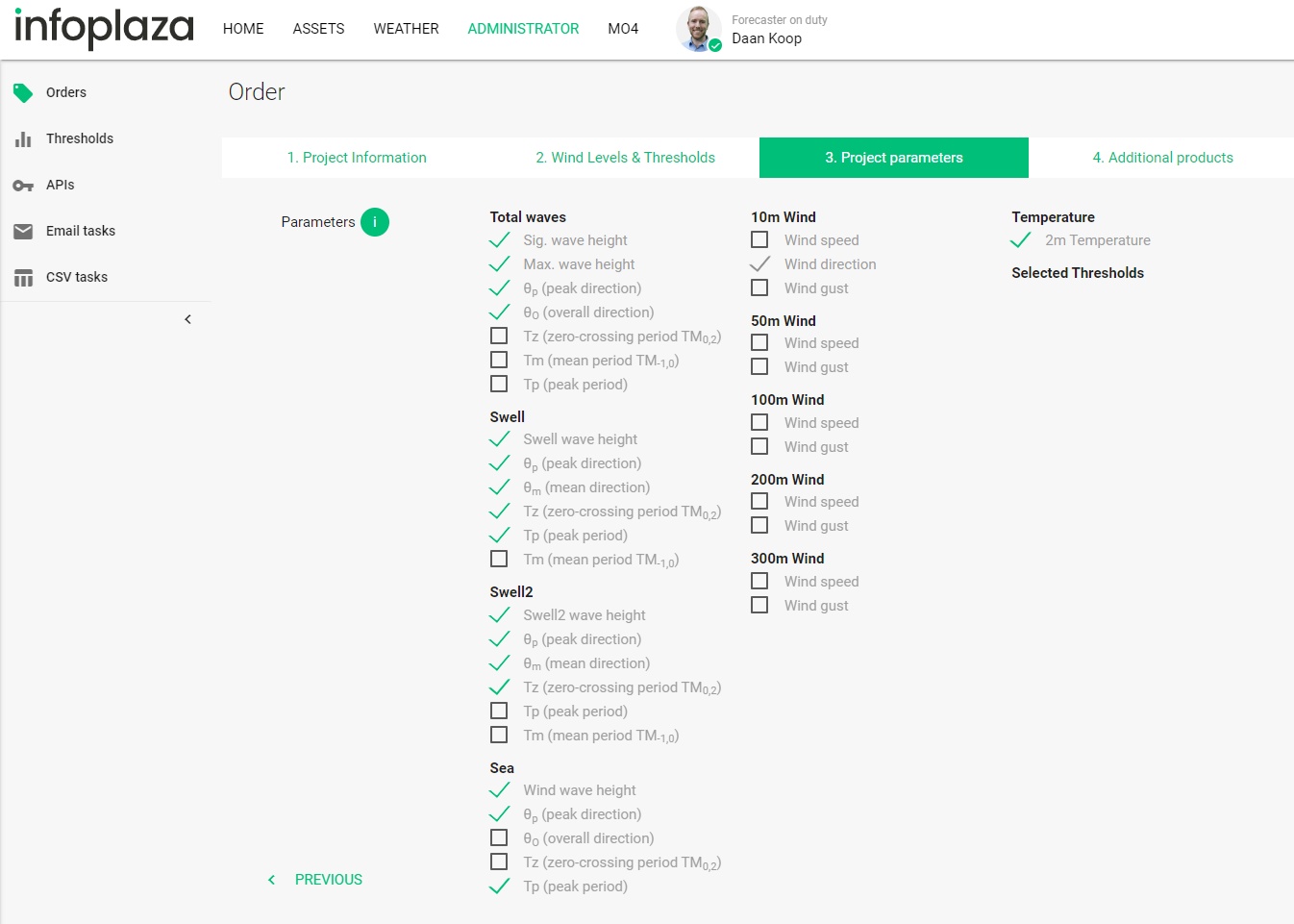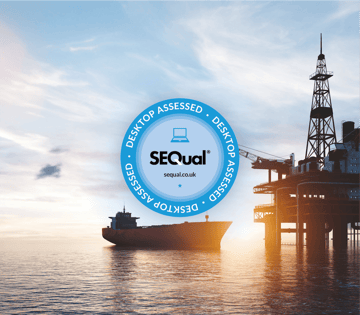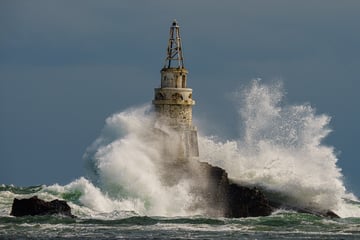The ability to detect multiple wave systems like swells is indispensable for today’s marine forecasting. Our Marine Weather Dashboard can break a complex sea state down into individual wave systems. We are now offering the option to add a secondary swell to our clients' weather forecast.
In a standard weather forecast, wave groups are divided into two separate categories: wind waves and swells.
Why multiple swell systems?
Wind waves are generated locally by prevailing wind speed and direction. Their size varies depending on factors such as the duration of the wind, the distance it has traveled over the water surface (fetch), and water depth. Generally, these waves have a relatively high frequency.
When the wind ceases, these waves are categorized as "swells." Swell systems have moved beyond the influence of the wind system that created them and can travel great distances without changing in height or period. Typically, swell systems have a relatively low frequency.
But for various applications, such as structural design, wave energy conversion, vessel response, or workability assessment, it is necessary to analyze the complex sea state by breaking it down into individual wave systems. For dredging vessels, for instance, the direction of approaching swell systems is crucial. When multiple swell directions are present, the vessel's position and direction become of utmost importance.
Therefore, the ability to detect multiple wave systems, especially multiple swells, is indispensable in modern marine forecasting. The traditional wind-based distinction between wind-generated waves and swell partitions is simply insufficient for certain areas or certain projects.
In-house developed splitter
Infoplaza offers this functionality in the Marine Weather Dashboard with our in-house developed Hanson Philips splitter, which separates the overall wave group into three components: wind waves, a primary swell system, and a secondary swell system. In the visualization below, you can clearly distinguish three well-defined wave systems: one wind wave system (part 1) and two swell systems (parts 2 and 3).
On demand availability
If your project requires it, a secondary swell system function is available as an extra feature to Marine Weather Dashboard clients. Contact us if you'd like to upgrade to this functionality. Once activated, you can see 'Swell 2' as an option in the Configurable Parameters. Simply tick the boxes to show it in your weather forecasts.

We continuously keep developing our products to ensure quality and user-friendliness. Discover what our Marine Weather Dashboard can do for your nearshore and offshore operations.


